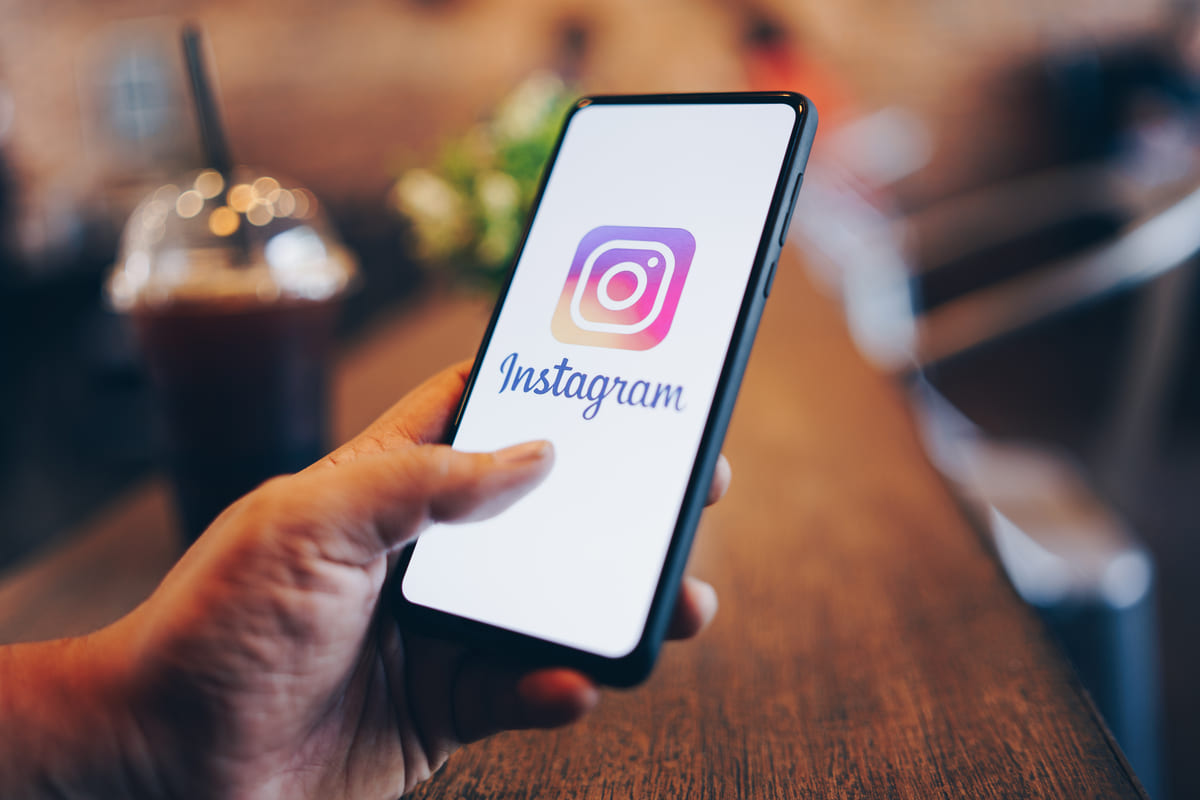In today’s digital age, social media platforms have become a powerful tool for brands to connect with their target audience. One platform that has seen exponential growth in recent years is Instagram. With over one billion active users, Instagram has become a hub for influencers who have the power to shape consumer behavior and drive sales.
The rise of Instagram influencers has created a new ecosystem where brands collaborate with content creators to promote their products or services. These influencers, who have amassed large followings on the platform, are seen as authentic voices that consumers trust and relate to. As a result, brands are willing to invest significant amounts of money in influencer marketing campaigns in order to reach their target demographic.
However, navigating the Instagram influencer ecosystem can be challenging for brands looking to maintain authenticity while also driving sales. With so many influencers vying for brand partnerships, it can be difficult to determine which ones align with the brand’s values and messaging. Additionally, there is always the risk of working with influencers who may not have genuine engagement with their followers or who could potentially damage the brand’s reputation.
To combat these challenges, brands must carefully vet potential influencers before entering into partnerships. This quickfansandlikes.com includes analyzing an influencer’s content strategy, engagement rates, and audience demographics to ensure they are a good fit for the brand. Brands should also consider working with micro-influencers – those with smaller but highly engaged followings – as they often have more authentic connections with their audience.
In addition to vetting influencers, brands must also prioritize authenticity in their partnerships. Consumers are becoming increasingly savvy when it comes to spotting sponsored content on social media platforms like Instagram. Therefore, it is crucial for brands and influencers to create content that feels genuine and relatable rather than overly promotional.
One way that brands can ensure authenticity in their influencer partnerships is by giving influencers creative freedom when developing sponsored content. By allowing influencers to showcase products or services in a way that feels natural within their feed, brands can avoid coming across as pushy or insincere.
Overall, navigating the Instagram influencer ecosystem requires careful planning and strategic decision-making on the part of both brands and creators. By prioritizing authenticity and fostering genuine relationships with influencers, brands can leverage the power of social media marketing while maintaining credibility with consumers. Ultimately, successful collaborations between brands and influencers will lead to increased brand awareness, customer loyalty, and ultimately – sales.

